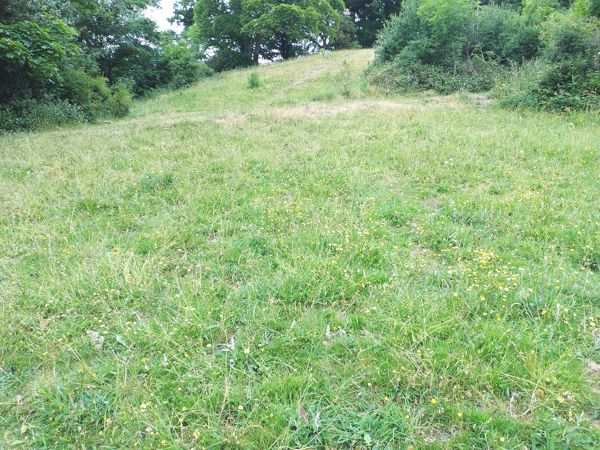NRW and Woodland Trust continue efforts to protect lowland meadow habitat

Work to restore valuable wildflower meadows at Caeau Pen y Coed, near Llangollen, has recently been completed.
Natural Resources Wales (NRW) has funded scrub management at the site, which is owned by the Woodland Trust. The aim is to help restore and protect species-rich neutral grassland, a rare and declining habitat found only at a few Sites of Special Scientific Interest (SSSIs) in North East Wales.
Yearly scrub management at Caeau Pen y Coed involves cutting back and removing encroaching scrub to allow the grassland to re-establish. This is a standard conservation approach used to protect lowland meadows, which support a wide variety of flowering species crucial to biodiversity.
The work took place between January and February and will continue over the next five years, subject to funding. Plans include expanding the work area, cutting back further scrub, and maintaining the areas already restored.
Since the Second World War, 97% of wildflower meadows in the UK have been lost due to changing land use and intensification. With so few examples of this rare habitat remaining, efforts to restore and maintain sites like Caeau Pen y Coed are vital.
Rhys Ellis, Denbighshire Environment Team Leader at NRW, said:
“Lowland meadows are one of the UK’s most threatened habitats, and we must do everything we can to protect and restore them.
“Scrub management at Caeau Pen y Coed is a key step in bringing this important site back to good condition, helping a diverse range of flowering species to thrive. Working with the Woodland Trust, we are committed to continuing this effort and expanding the restoration work over the coming years.”
Rebecca Good, Site Manager (North East & Mid Wales) for Woodland Trust, said:
“Coed Cadw manages a variety of important habitats across its estate. The grassland at Pen Y Coed is now seeing an increase in many species such as meadow buttercup, red clover and ox-eye daisy. We hope that working through this partnership we will continue to see these grassland species expand across the site.”
